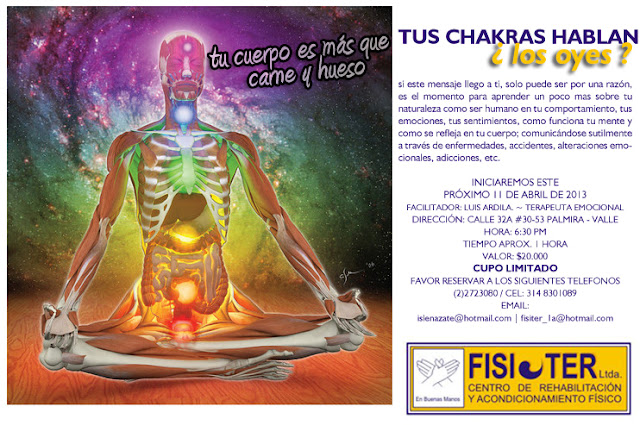Depression in Older Adults
About Depression
Everyone feels blue or sad now and then, but these feelings don't usually last long and pass within a couple of days. When a person has depression, it interferes with daily life and normal functioning, and causes pain for both the person with depression and those who care about him or her. Doctors call this condition "depressive disorder," or "clinical depression."
Depression in Older Adults
Important life changes that happen as we get older may cause feelings of uneasiness, stress, and sadness. For instance, the death of a loved one, moving from work into retirement, or dealing with a serious illness can leave people feeling sad or anxious. After a period of adjustment, many older adults can regain their emotional balance, but others do not and may develop depression.
Depression is a common problem among older adults, but it is NOT a normal part of aging. In fact, studies show that most older adults feel satisfied with their lives, despite having more physical ailments. However, when older adults do suffer from depression, it may be overlooked because they may be less willing to talk about feelings of sadness or grief, or they may show different, less obvious symptoms, and doctors may be less likely to suspect or spot it.
Sometimes it can be difficult to distinguish grief from major depression. Grief after loss of a loved one is a normal reaction to the loss and generally does not require professional mental health treatment. However, grief that lasts for a very long time following a loss may require treatment.
It is widely believed that suicide more often affects young people, but older adults are affected by suicide, too. Adults age 65 and older have a suicide rate that is higher than the national average. In fact, non-Hispanic white men age 85 and older have the highest suicide rate in the United States.
Types of Depression
There are several types of depression. The most common types are major depressive disorder and dysthymic disorder.
- Major depressive disorder, also called major depression or clinical depression, is characterized by a combination of symptoms that interfere with a person's ability to work, sleep, study, eat, and enjoy activities he or she once liked. Major depression prevents a person from functioning normally. An episode of major depression may occur only once in a person's lifetime, but more often, it recurs throughout a person's life.
- Dysthymic disorder, also called dysthymia, is a less severe but more long-lasting form of depression. Dysthymia is characterized by symptoms lasting two years or longer that keep a person from functioning normally or feeling well. People with dysthymia may also experience one or more episodes of major depression during their lifetime.
- Subsyndromal depression -- Common among older adults, less severe but clear symptoms of depression that fall short of being major depression or dysthymia. Having subsyndromal depression may increase a person's risk of developing major depression.








Comentarios
Publicar un comentario
Procura dejar tu nombre o conectarte con alguna cuenta de tus redes sociales; así será más fácil solucionar tus inquietudes. GRACIAS